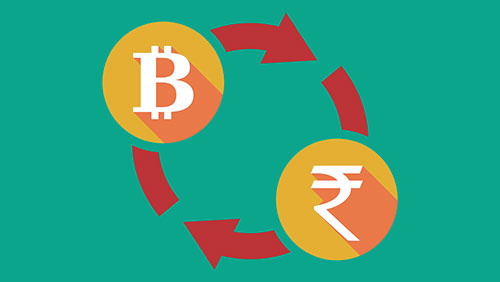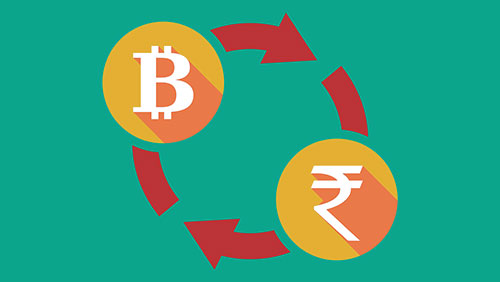Mobile banking will not be coming to India anytime soon, and this creates a new opportunity for digital currency like bitcoin.
 The country had been planning to expand the reach of financial services locally using a new set of mobile banking services, the Jan Dhan-Aadhar-Mobile (JAM) trinity. Under the JAM trinity, the government will link a local’s bank account number and mobile number with their Aadhar or Indian identification number “with an aim to better target and transfer financial resources.”
The country had been planning to expand the reach of financial services locally using a new set of mobile banking services, the Jan Dhan-Aadhar-Mobile (JAM) trinity. Under the JAM trinity, the government will link a local’s bank account number and mobile number with their Aadhar or Indian identification number “with an aim to better target and transfer financial resources.”
India’s mobile banking plan appears to be very solid. On paper.
The country already has the infrastructure ready to provide the basic mobile banking services, and the experiment looks ready to take off. Then the government had one realization—the so-called consumer on the street was not interested.
The government forecast a “rapid growth” of the user base for mobile banking services, but since the initiative was launched in 2014, there has been far less interest than what they expected—an odd thing since India is considered to be the world’s second biggest mobile device users.
As of May 2016, the government recorded a total of 3.7 million mobile transactions using the JAM trinity. According to experts at NewsBTC, one problem could have been the costly price tag of using the mobile banking service, which is “higher than sending an SMS or a one-minute voice call.”
This, however, opens the door wide open for bitcoin introduction in India.
The global digital currency, as we all know, is popular for its ability to allow users to move around money quickly without a need for banks or governments to process transactions. In fact, the Reserve Bank of India already has its eyes on the cryptocurrency as a popular solution to reduce the use of paper currency.
Current bitcoin price and daily transaction volume
Meanwhile, the price of bitcoin continues to drop, trading at $568 on Friday with a market capitalization of close to $9.10 billion.
